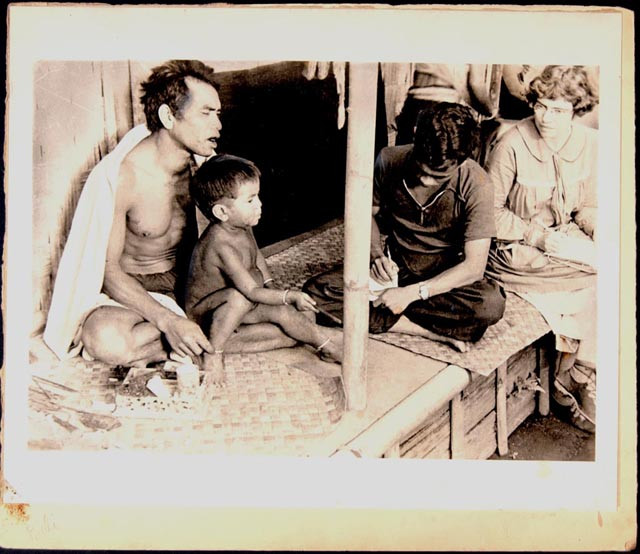Popular Reads
Top Results
Can't find what you're looking for?
View all search resultsPopular Reads
Top Results
Can't find what you're looking for?
View all search resultsAs war destroys Yemen's present, museums struggle to preserve its past
Change text size
Gift Premium Articles
to Anyone
A
bronze statue of the main god of the kingdom of Saba, located in what is now the Yemeni province of Marib, lies in a dark and fortified room of the Sanaa National Museum.
The piece was made by a man named Hawtar Athat in the first half of the sixth century BC. It has been lucky enough to survive the latest war in Yemen. Many other artefacts have not.
The Sanaa museum miraculously escaped years of bombing by Saudi Arabia and the United Arab Emirates in their war against the Houthi group.
"Other areas around the museum were targeted and that led to the destruction of some artefacts and to cracks in the walls of the building itself," said Ibrahim al-Hadi, the museum's director.
Most of the collection was moved to safe rooms in the museum when the Saudi-led coalition intervened in Yemen in 2015.
Collections of Arabian swords, rifles and helmets, some decorated with gold, are packed in boxes and covered with sheets. Two bronze lions from the pagan kingdom of Qataban, restored at the Louvre in 2008, are snarling at the dark.
"This storeroom is a model," said Abdullah Ishaq, an expert working with the museum. "It has been set up with scientific, modern and international standards."
But Yemen's museums, the richest in the Arabian peninsula, are a reminder of the toll that war has taken on the country's cultural heritage, often eclipsed by civilian casualties and the dire humanitarian situation.
In the disputed city of Taiz, nature has combined with conflict to leave the historic National Museum building in ruins.
Charred manuscripts, burned shelves and shattered glass are scattered inside. Acacia trees have taken root and helped to tear down the walls.
"Shelling destroyed the buildings ... the collection was looted and fires burned down storerooms," said Ramzi al-Damini, the Taiz museum director.
The Yemeni General Authority for Antiquities and Museums has started working with the World Monuments Fund to restore parts of the buildings.
But the museum has already lost around 70% of its collection, even though some stolen artefacts have been recovered from local markets and volunteers have brought back other pieces.
"We know that many of those articles have been smuggled outside Taiz and even abroad. It is not easy to get them out of Yemen, only powerful people with international connections can do that," said Ahmed Jassar, director of antiquities in the Taiz museum.











